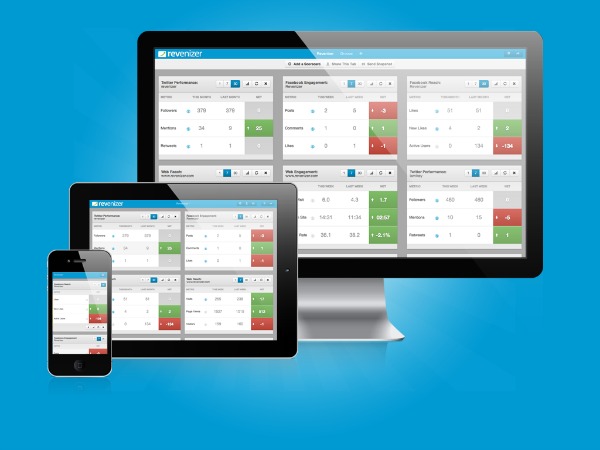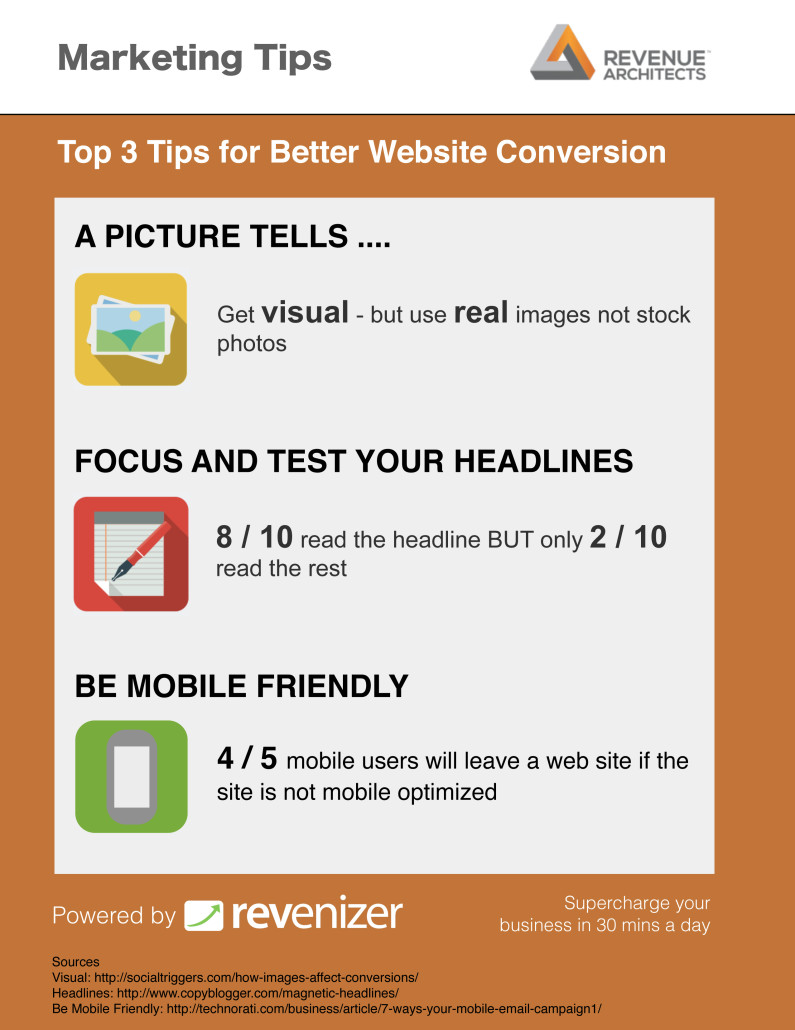Of all the digital marketing disciplines, nothing keeps a marketer on their toes quite like Google. Google’s recent algorithm updates gave us the cutely titled Panda and Penguin updates, but don’t let the names fool you – they meant business. Those two penalized poor content and spammy links; cleaning house if you will. I’ll take a look at Google’s new algorithm update called Hummingbird and also look at two other significant SEO trends to carefully consider in your search engine marketing plan for 2014.
Humming to Google’s New Tune?

The truth is, this update appears less overtly dangerous than the previous algorithm updates, as if you have been doing well in search engines with honest content marketing, then you are probably no worse off right now. The challenge though, is keeping up with websites and marketers that are paying attention to Hummingbird’s perceived impact.
Here are 3 key points to consider:
The usefulness of your content;
The speed if your site;
The user experience for mobile devices;

Around this point of providing ‘useful’ content, you blog is a key tool in providing ‘answers’ to searcher’s questions. The old tactic of optimizing your meta data around primary keyword phrases still holds true, but try to avoid keyword obsessing; the search engines are smart enough to understand context in the rest of your content much better these days.
Remember: long tail keyword searches make up 70% of all search engine queries.
For maximum impact, focus on adding new content that explicitly answers user questions, including “how to” blog posts, FAQs, and process tutorials. Your blog can help provide answers to some of these ‘how to’ questions and attract natural links and get picked up by press outlets – who often have a high domain authority – and can direct a high volume of traffic back to your website.
Mobile Device SEO
For mobile optimization these items are critical to ensure a quality mobile user experience, which keeps your bounce rate down – in turn – helping your search rankings on mobile devices. 
Use Finger Touch Friendly Navigation
Disable Pop-up On Mobile
Don’t Use Flash Content
Scroll-to-Sections Speed up Navigation
Keep the number of videos to a page to a minimum
Compress images and combine CSS files
Use responsive design unless a traditional mobile site suits your content
What Is Structured Data and Schema Markup?
As with the importance of mobile SEO – its best friend is local SEO.
For many small online businesses and social media novices this has proved tricky to navigate while Google+ (which merged with Google Places) has evolved itself. Common mistakes are creating multiple profiles, confusing a personal account with a business one and generally not filling out all the information.
Structured Data and Schema Markup may not sound much fun either, but its function is to create a common vocabulary for describing the data on the web. Using the right expertise to implement, it allows search engines to display important information, such as hours, testimonials, reviews, menus and blog authorship.

You can find the Structured Data Markup Helper here.
You may be more familiar with Google Authorship by sight if not by name. It displays the blog authors Google+ profile picture potentially leading to greater exposure, traffic; especially if the person is an expert.


A combination of your Google+ business page and Schema, means that Google will pull in reviews and other schema information from your business and display it with your business’ Google+ page in search results.ert in the local community or industry.
A one-two punch for improving your local search results and satisfying your mobile device users, both of which will provide the proverbial nectar to Hummingbirds buzzing around your content.
Learn more about how Revenue Architects can take your SEO goals to the next level for 2014.
.



 My Pet Peeve: Email Threads
My Pet Peeve: Email Threads

 Despite this, only 6% of small business websites are mobile ready according to a
Despite this, only 6% of small business websites are mobile ready according to a 